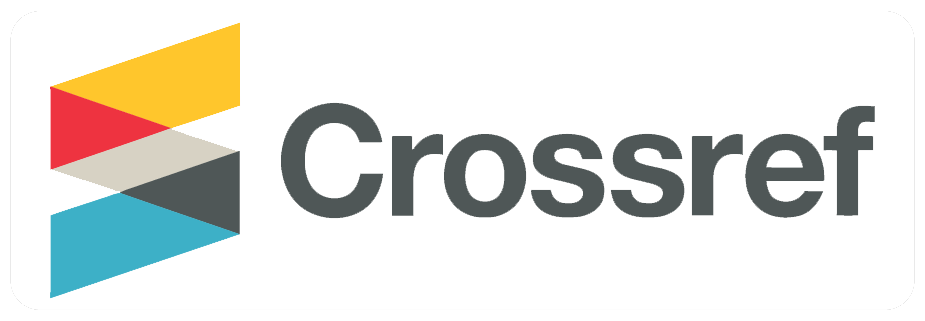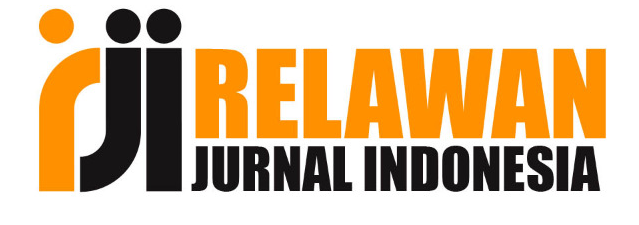Clustering Daerah Rawan Bencana Alam Di Indonesia Berdasarkan Provinsi Dengan Metode K-Means
DOI:
https://doi.org/10.36982/jiig.v14i2.3186Abstract
Indonesia is a country located in a strategic geological position and is at the confluence of three world plates. This position causes Indonesia to become a country frequently hit by natural disasters such as earthquakes, landslides and other natural disasters. Based on data obtained from the Regional Disaster Management Agency (BPBD), from year to year the number of natural disasters always increases. The increase in the occurrence of natural disasters has led to the need for further research to find out how vulnerable areas are in Indonesia and can later reduce the risks posed when natural disasters occur. Researchers will use the K-Means Clustering method to classify natural disaster areas based on their level of vulnerability to natural disasters. Clustering is a process for grouping data into several clusters or groups. K-Means is a method for grouping non-hierarchical data (partitions) which can divide data into two or more groups. The source of this dataset comes from the Central Bureau of Statistics (BPS) and consists of 12 columns and the data used are landslides and no natural disasters. Then a search for the optimal K value was carried out using the elbow method and Silhouette Analysis which produced 2 clusters namely cluster 0 and cluster 1. The results of the clustering indicated that cluster 1 was classified as a disaster-prone area in Indonesia including Aceh, North Sumatra, West Java, Central Java, East Java.
Downloads
Published
How to Cite
Issue
Section
License

This work is licensed under a Creative Commons Attribution-ShareAlike 4.0 International License.











